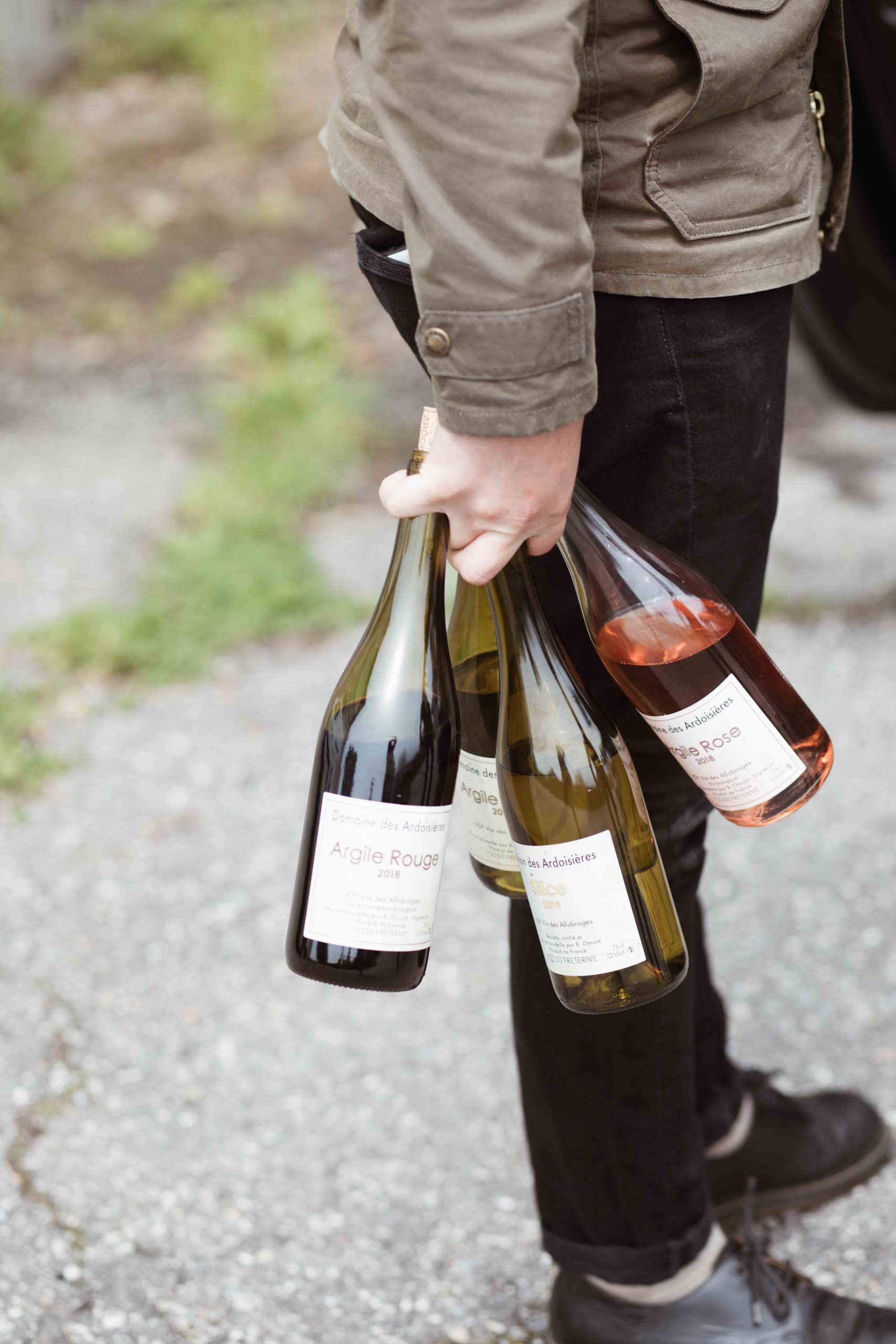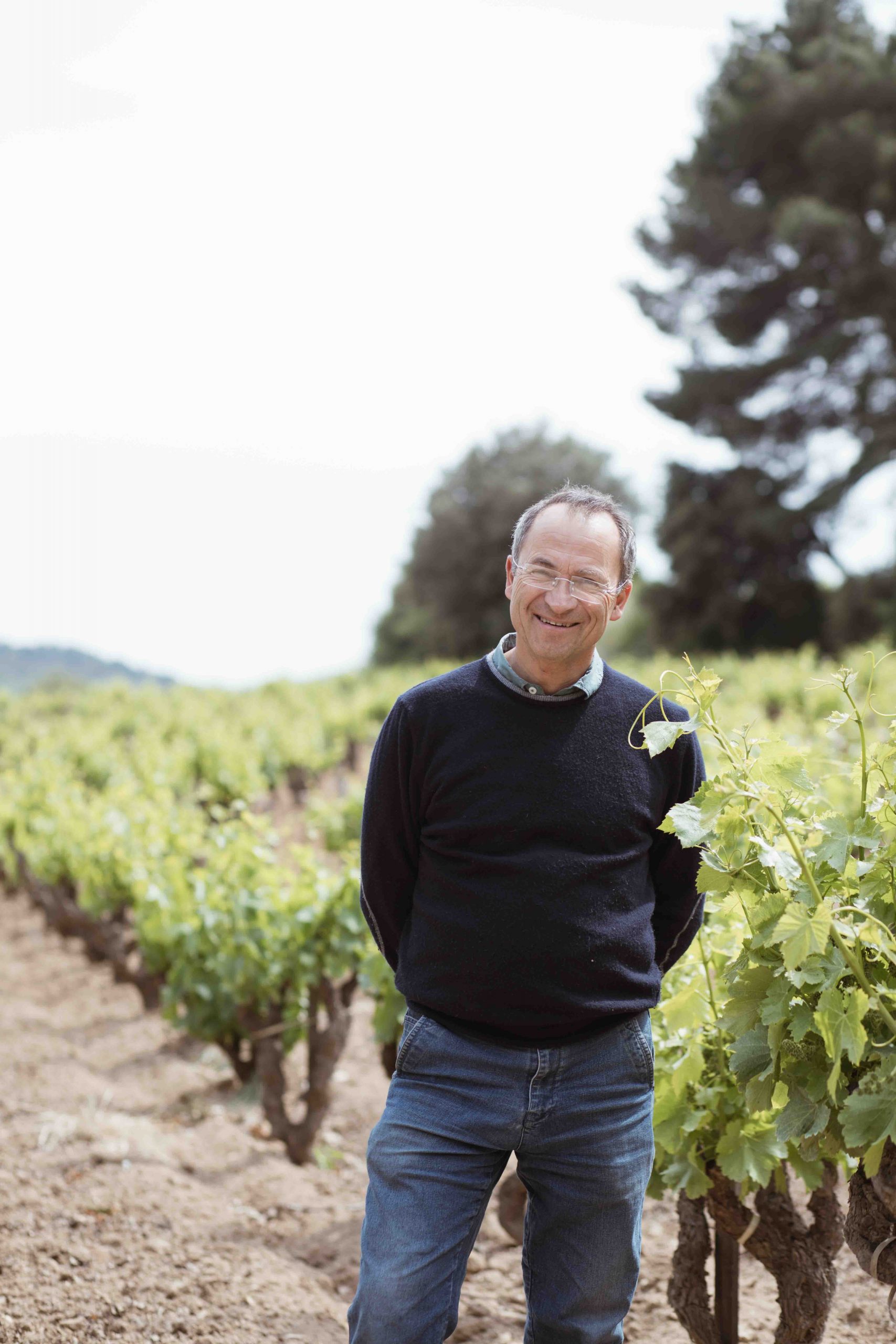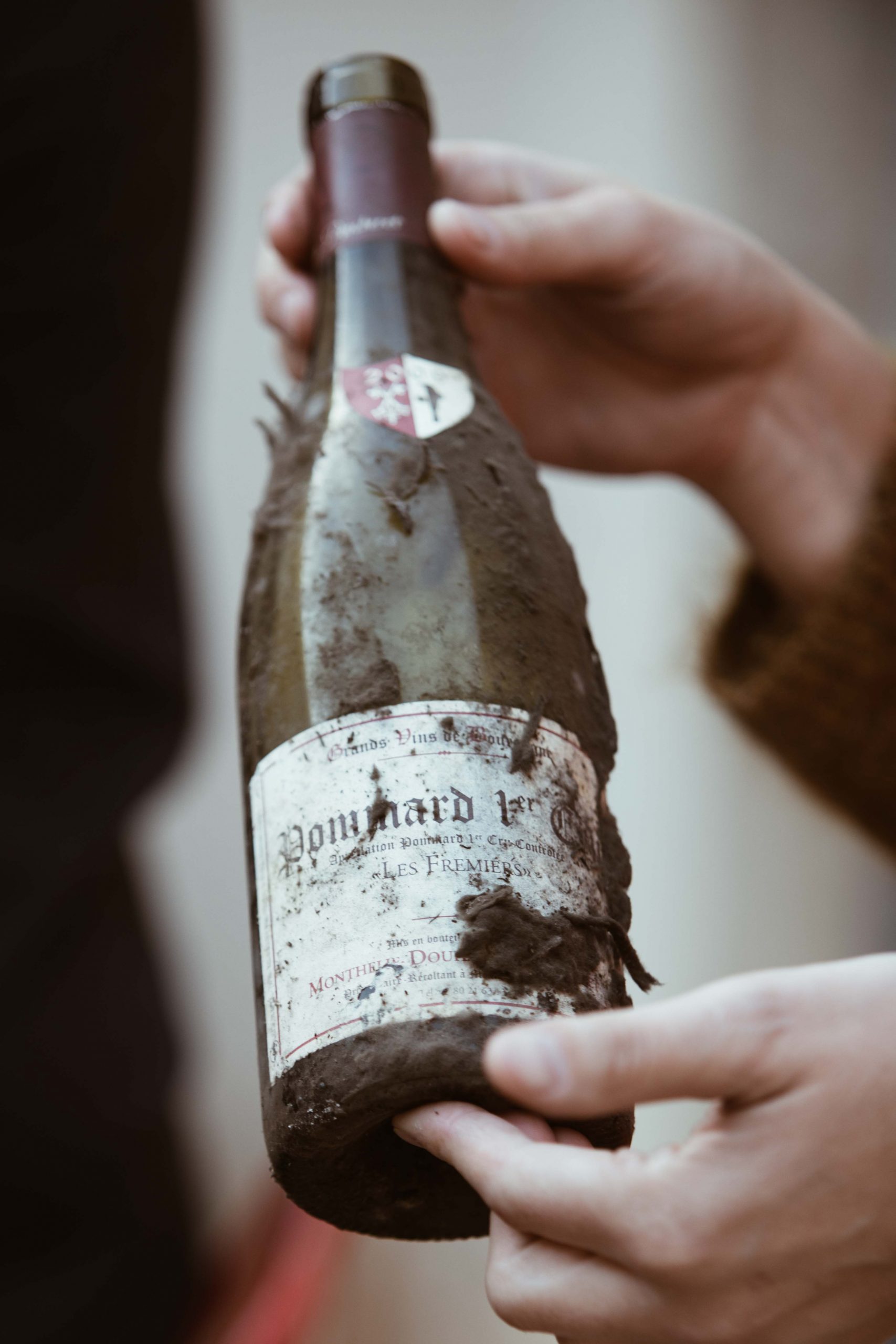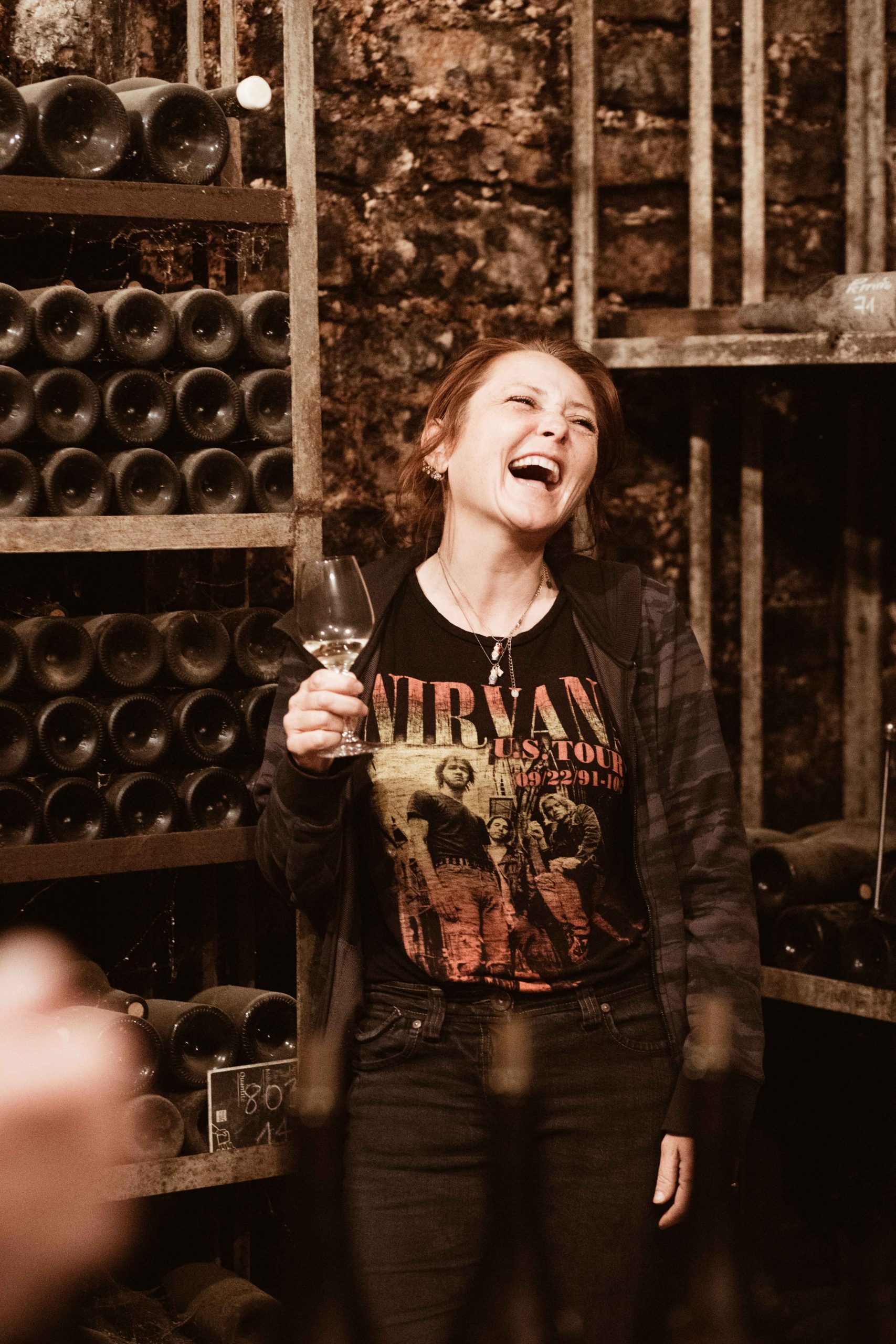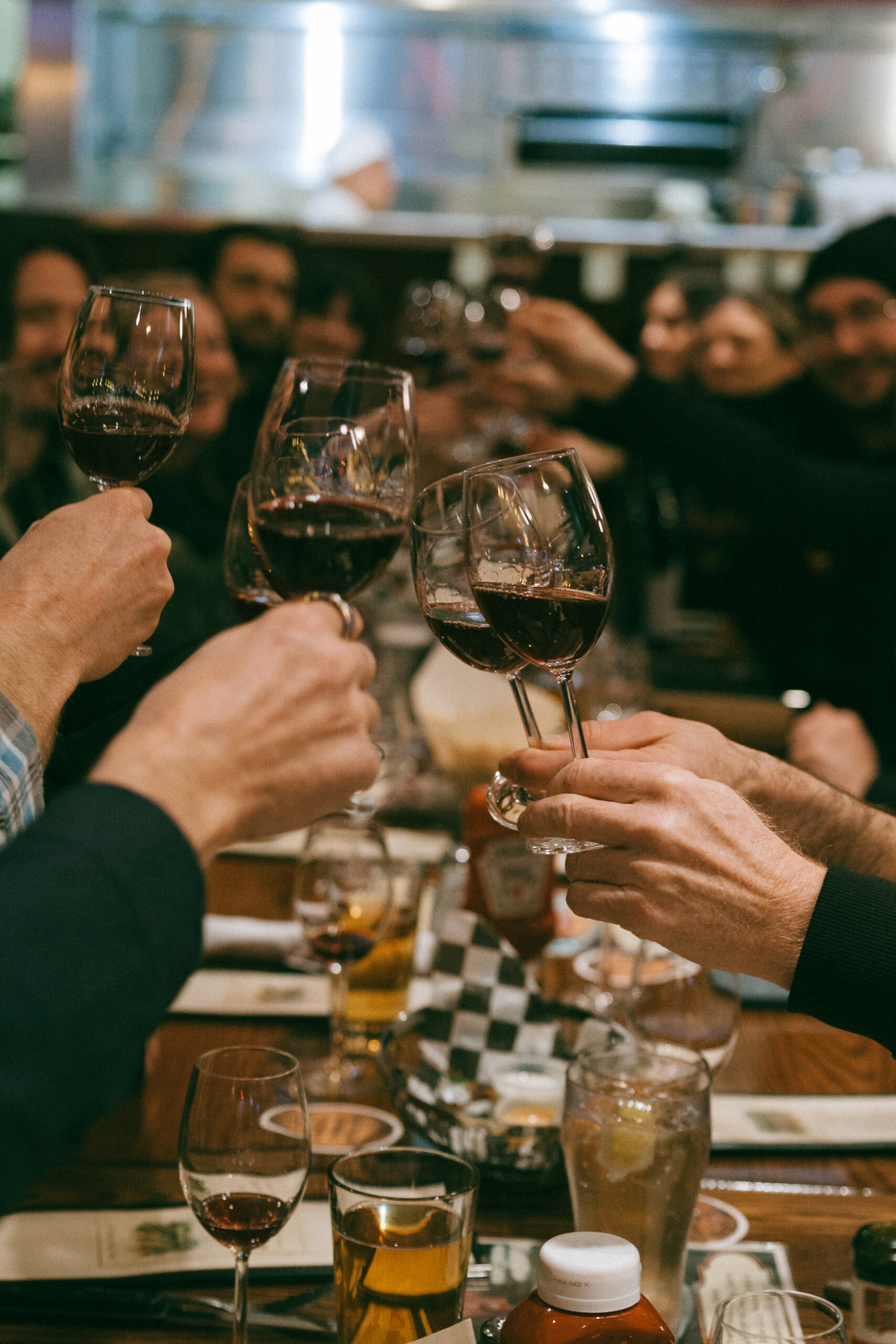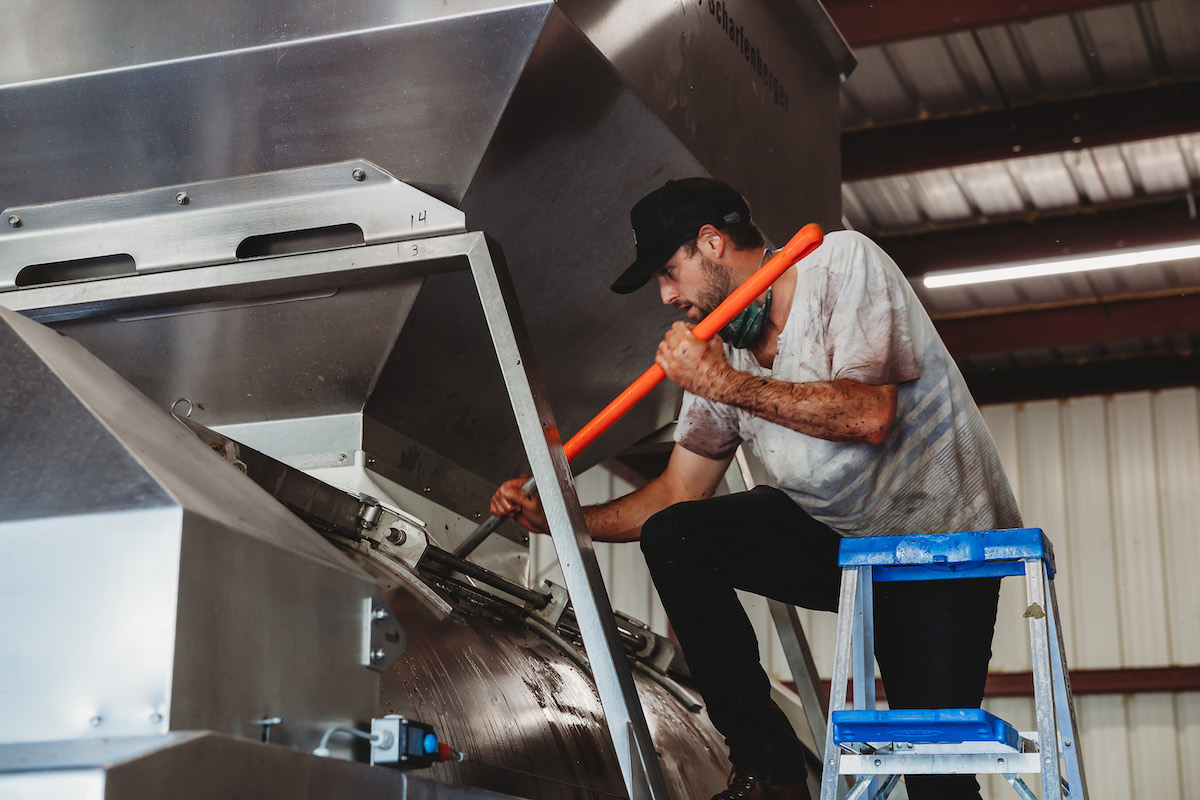
- Founded in 2013 by Marty Doerschlag in Oregon’s Willamette Valley, Flâneur Wines is inspired by the French term flâneur, meaning a leisurely wanderer and connoisseur of life.
- The winery’s philosophy emphasizes curiosity, mindfulness, and a slower pace that allows the character of the terroir to shine.
- It farms two estate vineyards: Flânerie Vineyard (Ribbon Ridge AVA, marine sedimentary soils) producing structured, spicy Pinot Noir, and La Belle Promenade Vineyard (Chehalem Mountains AVA, volcanic soils) yielding bright, floral wines.
- The portfolio focuses on Pinot Noir and Chardonnay, while also experimenting rarer varieties such as Grüner Veltliner, Aligoté, and Pinot Meunier.
- Winemaking focuses on sustainability through dry farming, organic practices, native yeast fermentation, minimal intervention, and estate-grown fruit to express terroir-driven complexity.
Flâneur Wines, founded in 2013 by Marty Doerschlag in Oregon’s Willamette Valley, takes its name from the 19th-century French term flâneur—denoting a leisurely wanderer and connoisseur of life. This concept resonates throughout the winery’s ethos, centered on curiosity, mindfulness, and a slower pace that allows the terroir and craft to speak for themselves.
Flâneur tends two estate vineyards: Flânerie Vineyard located in the Ribbon Ridge AVA, and La Belle Promenade Vineyard perched in the Chehalem Mountains AVA. Flânerie, planted in 2003, features thin topsoil atop marine sedimentary bedrock, offering warmer microclimates and richly structured, spicy, savory Pinot Noir with excellent acidity. La Belle Promenade, established in 2014 across volcanic Jory and Nekia soils, produces wines with bright, floral-fruited acidity—evocative of orchard fruits and floral notes.
Flâneur’s portfolio spans single-vineyard Pinot Noirs, Chardonnays, sparkling Bon Vivant, and even lesser-seen varietals like Grüner Veltliner, Aligoté, and Pinot Meunier. Their winemaking is guided by sustainability—dry farming, organic practices, native yeasts, minimal interventions, and estate-grown fruit dominate their approach. Across vintages, the team strives to spotlight terroir-driven complexity rather than stylistic choices made in the winery.




